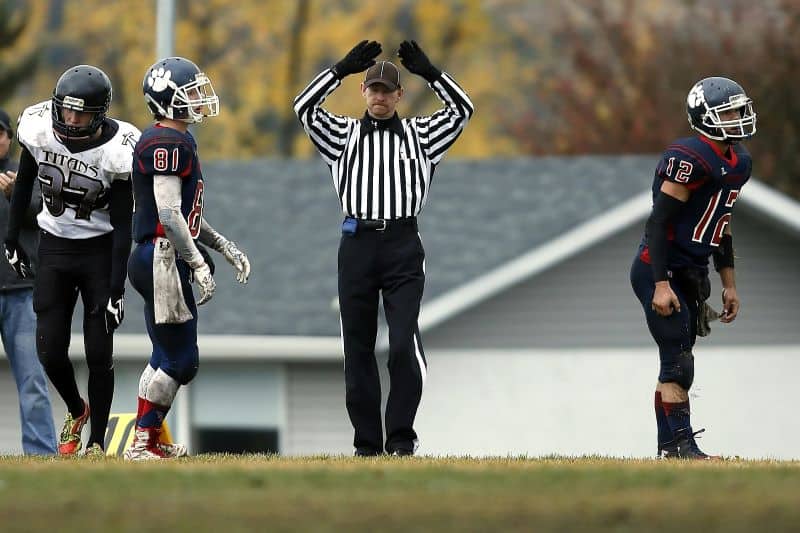
26 Sep How to Choose the Best Mouthguard for Sports and School Activities
How to Choose the Best Mouthguard for Sports and School Activities
Finding the right mouthguard for sports or school activities is a critical step in protecting both children and adults during athletic events. Whether participating in high-impact sports like football or engaging in non-contact activities, having a well-fitted, durable mouthguard can prevent significant injuries.
With so many types of mouthguards on the market, it can be difficult to know where to start. This guide will walk you through everything you need to know about how to choose the best mouthguard for sports and school activities, ensuring safety, comfort, and protection.

Types of Mouthguards Available
There are three main types of mouthguards available: stock, boil and bite, and custom-fit. Each type varies in cost, fit, and protection levels, catering to different needs.
Stock Mouthguards
Stock mouthguards are pre-made and come in various sizes. While they are the most affordable, they are often bulky and may not provide a secure fit, leading to discomfort. They may shift easily during play, which diminishes their protective abilities.
Boil and Bite Mouthguards
Boil and bite mouthguards offer a more tailored fit. These are made of thermoplastic material, which softens when heated in boiling water.
Once softened, the mouthguard is placed in the mouth and molded to the teeth by biting down. This type offers better protection than stock mouthguards but still falls short of a custom fit.
Custom-Fit Mouthguards
Custom-fit mouthguards are designed specifically for the individual. A dentist or orthodontist creates a mold of the athlete’s teeth, ensuring the best fit and highest level of protection.
Though more expensive, custom-fit mouthguards offer superior comfort and protection, making them the best choice for serious athletes.
Pros and Cons of Each Type
Each type of mouthguard has its advantages and drawbacks. While stock options are inexpensive and readily available, they often lack the comfort and security necessary for high-level protection.
Boil and bite mouthguards strike a balance between cost and fit, making them a popular choice. However, custom-fit mouthguards, though pricier, provide the best protection and durability.
Factors to Consider When Choosing a Mouthguard
When it comes to selecting the right mouthguard for sports or school activities, several key factors can impact both comfort and protection. It’s important to assess each aspect carefully to ensure the mouthguard you choose provides the best possible defense against injuries.
Fit and Comfort
The most important factor is the fit of the mouthguard. A poorly fitting mouthguard can be uncomfortable, causing athletes to adjust it constantly during play.
More critically, a loose mouthguard won’t protect the teeth and gums as effectively as one that fits snugly. Custom-fit mouthguards are the best option when it comes to achieving the perfect fit, but boil and bite options can also provide good comfort when properly molded.
Material and Durability
The material of the mouthguard significantly affects its durability. Most mouthguards are made from thermoplastic materials, but custom-fit options can be crafted from higher-quality, longer-lasting materials.
Durability is essential because a mouthguard that breaks or wears down too quickly won’t provide adequate protection. For athletes who play contact sports frequently, investing in a more durable mouthguard may be worth the higher cost.
Ease of Use and Maintenance
A mouthguard should be easy to use and maintain. Boil and bite mouthguards, for instance, are simple to mold, while stock options require no preparation.
However, custom-fit mouthguards can provide both ease of use and superior protection, as they don’t require additional fitting. Maintaining the mouthguard is just as important. Regular cleaning will help prevent the buildup of bacteria and ensure the mouthguard remains effective over time.

Custom-Fit vs. Boil-and-Bite Mouthguards: Which is Best?
Athletes often face the decision between custom-fit and boil-and-bite mouthguards. Each has its advantages, depending on your needs and budget.
Advantages of Custom-Fit
Custom-fit mouthguards are made by dental professionals who take an exact mold of your teeth. Because they fit perfectly, they offer the highest level of protection and comfort.
Custom-fit mouthguards also tend to last longer because they’re made from durable materials. They are especially beneficial for athletes in high-contact sports who need reliable protection and a secure fit.
When Boil-and-Bite May Be Suitable
Boil-and-bite mouthguards are a great alternative for those who want more customization than stock mouthguards but aren’t ready to invest in a custom-fit option.
These mouthguards are molded by boiling the material, which softens it, and then biting into it to create a fit unique to your teeth. They can provide decent protection and are a good choice for children and teens who are still growing or for athletes who participate in non-contact sports.
Price Comparison
Custom-fit mouthguards are the most expensive option, typically costing anywhere from $150 to $300 or more, depending on the provider.
Boil-and-bite mouthguards are much more affordable, usually ranging from $20 to $50, while stock mouthguards are the least expensive, often costing less than $10.
The investment in a custom-fit mouthguard may be worthwhile for serious athletes, especially considering the potential cost of dental injuries.
Mouthguards for Contact vs. Non-Contact Sports
Different sports require different levels of protection, and the type of mouthguard you choose should reflect the nature of the activity.
High-Impact Sports: Football, Hockey, and Boxing In high-contact sports like football, hockey, and boxing, the risk of injury is much higher. These sports require the highest level of mouth protection, making custom-fit or well-molded boil-and-bite mouthguards essential.
A mouthguard must withstand significant impact, ensuring that it stays in place and protects the teeth, gums, and jaw.
Non-Contact Sports: Basketball, Gymnastics, and Skateboarding While the risk of direct physical contact is lower in sports like basketball, gymnastics, and skateboarding, mouth injuries can still occur from falls or collisions.
Athletes in these sports may not require the same level of protection as those in contact sports, but a well-fitted boil-and-bite mouthguard can still provide valuable protection.
Mouthguards for Orthodontic Patients
If you or your child is undergoing orthodontic treatment, it’s essential to find a mouthguard that accommodates braces or other dental appliances.
Choosing the Right Mouthguard with Braces
Wearing braces complicates the fitting process, as the mouthguard must cover both the teeth and the braces. Boil-and-bite mouthguards, which can be remolded, are often a good choice for people with braces. There are also specialized mouthguards designed specifically for use with orthodontic appliances that offer both protection and comfort.
Adjusting to Wearing a Mouthguard with Dental Appliances
At first, wearing a mouthguard over braces may feel awkward, but with time, it becomes more comfortable. It’s crucial to ensure the mouthguard doesn’t interfere with the braces or cause discomfort during athletic activity. Consulting an orthodontist for recommendations on the best mouthguard for braces is always a good idea.
Preventing Injuries While Undergoing Orthodontic Treatment
Braces can increase the risk of soft tissue injuries in the mouth if an athlete is hit in the face. A properly fitted mouthguard helps cushion these blows, protecting both the teeth and the braces themselves from damage.

The Impact of Poorly Fitted Mouthguards
Wearing a poorly fitted mouthguard can have serious consequences. Not only does it fail to offer proper protection, but it can also be uncomfortable and negatively affect performance.
Risks of Injury
A mouthguard that doesn’t fit correctly may shift during play, offering little to no protection when it’s needed most. This increases the risk of injuries like broken teeth, cuts to the gums or lips, and even jaw fractures. In contact sports, an ill-fitting mouthguard can also fail to protect against concussions by not absorbing impact forces effectively.
Comfort and Performance Issues
Mouthguards that are too bulky, loose, or tight can distract athletes from their performance. If an athlete constantly adjusts their mouthguard or finds it hard to breathe or speak, it can reduce their focus and efficiency on the field. A well-fitted mouthguard should be comfortable enough to wear without causing any noticeable discomfort or hindrance.
In Conclusion
Choosing the best mouthguard for sports and school activities is an essential step in ensuring the safety of athletes, young and old. By understanding the different types of mouthguards, how they fit, and how to properly care for them,


Sorry, the comment form is closed at this time.